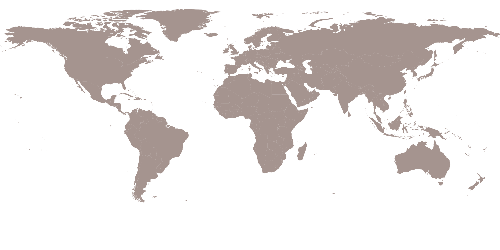Sustainable building design through passive measures
Initially a medical Center for the homeless, the project evolved into an inclusive Health Center, embracing a holistic vision of well-being that integrates mental and physical health through safe spaces, biophilia, social integration, sports, nutrition, and accessible care for all. The green facade of recycled stone planters cools the building through shading and ventilation, reducing heat and energy demand. Covering the two longest façades—east and west—it mitigates direct morning and afternoon sun exposure, maintains diffused daylight, prevents overheating, and lowers energy use while enhancing air quality and reducing noise. Inspired by traditional South Indian verandas, it serves as a green community veranda that fosters stress-relief.
Efficient construction and operations
The most effective solutions are often simple, low-cost and locally sourced. This project prioritizes recycled construction waste, particularly left overs from Bangalore's numerous construction sites. Repurposing abundant stone left overs into façade elements (planters) and cladding minimizes extraction and transport emissions, reinforcing circular economy principles. As an effective passive cooling strategy, the open green façade acts as a natural insulator—filtering pollutants, absorbing noise, and regulating temperature—while significantly reducing energy demand and avoiding high-energy mechanical systems. Additionally, large pinewood industrial packaging boxes are repurposed into doors, windows, shutters, furniture, and partition walls.
Landscape & Biodiversity Integration
Before the intervention, the site is in a dense, rapidly developing area of Bangalore, with narrow dry streets and almost no public parks or squares. Biodiversity is minimal, and the lack of greenery worsens air pollution, heat buildup, and habitat loss. Post-intervention, the living façade and planted public space introduce native plants, selected for their adaptability to Bangalore’s climate, creating microhabitats for pollinators, birds, and insects. This green layer restores ecological balance, improves urban cooling, enhances air quality, and strengthens biodiversity networks. By reducing heat retention, filtering pollutants, and absorbing noise, it fosters a healthier, resilient microclimate and encourages engagement and stewardship.
Land use & Transformation
Before the intervention, the neighborhood lacks accessible public spaces, and its land use is fragmented, with fenced green pockets. The highly dense urban fabric of Bangalore's rapid growth has left little room for inclusive spaces, reinforcing spatial constraints. Post-intervention, the project optimizes vertical land use, transforming a privately owned plot into a multi-functional asset, fostering community and sustainability. On the ground floor, a flexible public space functions as a green auditorium, open to all and adaptable to various uses, allowing the community to reclaim public space in a neighborhood lacking it. Additionally, the green façade acts as a climatic buffer, improving thermal regulation and social connectivity.










